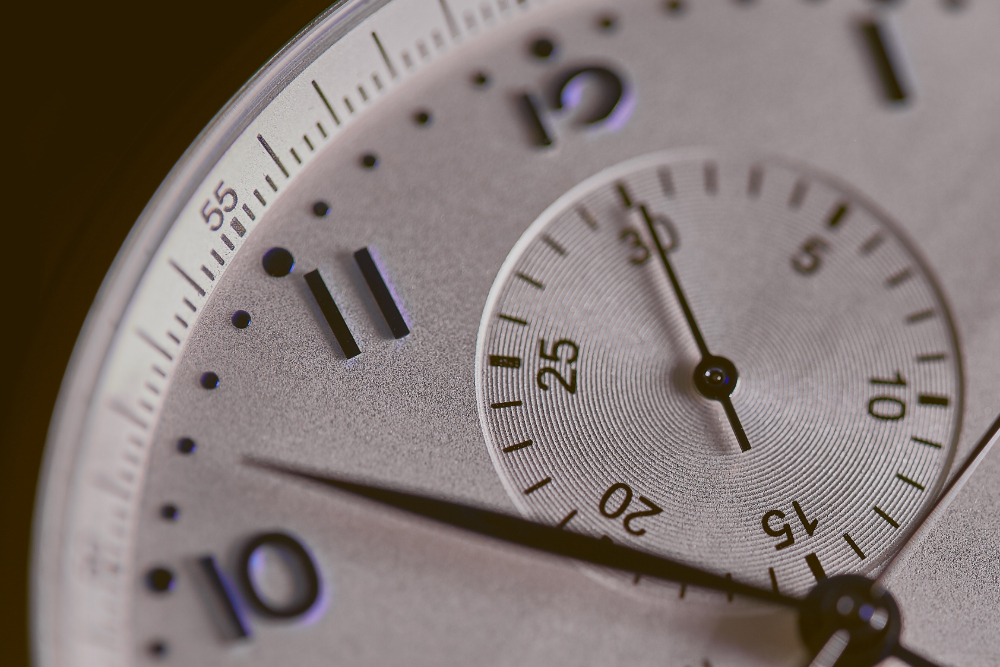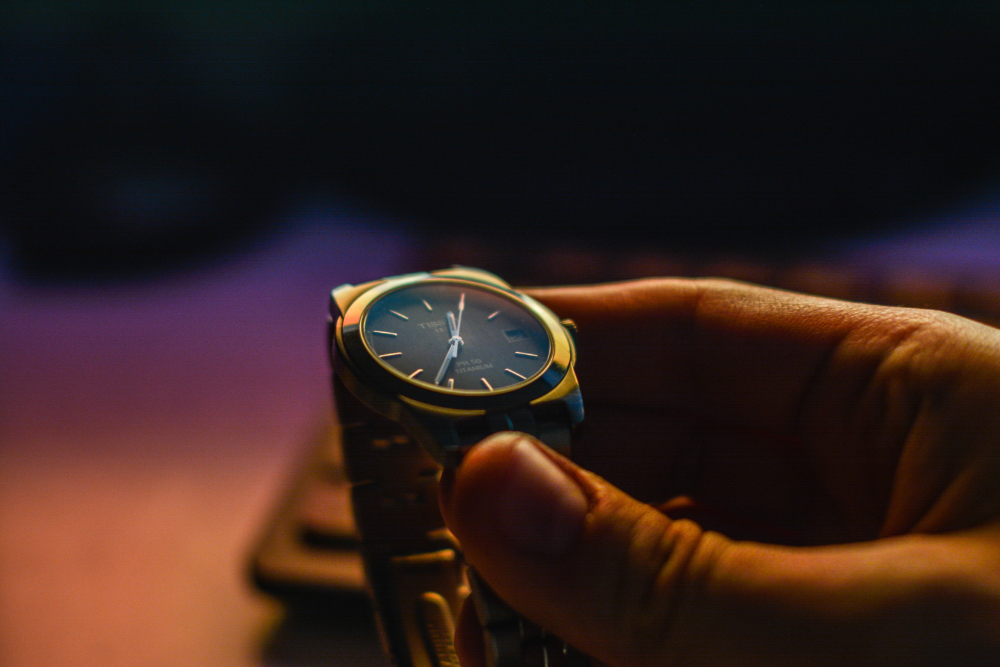Everything You Wanted To Know About Watch Movements
April 15th, 2020

A luxury watch’s exterior isn’t the only factor you should consider when buying a luxury watch. The timepiece’s internal mechanism, known as a movement or caliber, is responsible for maintaining smooth operation and accurate timekeeping. A movement is the nucleus of the watch. Movements power the hands and complications found in luxury timepieces.
Understanding Luxury Watch Movements
Vertically-integrated manufacturers produce every part of the timepiece in their facility without employing subcontractors. These luxury manufacturers craft exclusive pieces that can last a lifetime but also come at a higher price tag. Master horologists pore over the intricacies of a manufacturer’s movement and marvel at the mechanical ingenuity.
There are three main types of watch movements: manual, automatic, and quartz. Manual and automatic movements are both technically mechanical movements consisting of interlocking gears and springs. Quartz movements run on an electrical circuit and battery set-up, but can also feature some mechanical parts.
Mechanical movements such as manual and automatic movements have second hands that move in a sweeping fashion. A quartz movement’s hands, on the other hand, moves in individual ticks per second. Movements are also responsible for complex timepiece complications such as a chronograph, dual time zone, or annual calendar.
For many timepiece connoisseurs, manual or automatic watches represent the highest quality in watchmaking due to the more than 600-year-long tradition of crafting mechanical timepieces. Regardless of movement choice, each timepiece movement offers the utmost precision, reliability, and durability. All watch movements can ensure you pass on your timepiece to the next generation.

Mechanical (Manual)
Manual movements, also referred to as hand-wound movements, are the most quintessential movement form. Watchmakers dating back to the 16th century have been perfecting daily winding timepieces. Manual movements are the most traditional movements and can be found in classic, sophisticated, and collectible timepieces.
Wearers should consider that manual watches must be carefully wound every day. Users should remove the watch from their wrist before they wind the crown on the side of the case until they feel a tightness. The mainspring stores potential energy that will gradually power the internal mechanism. Winding the crown past this point could damage the internal movement.
Automatic
Automatic, also called self-winding, movements were popularized in the beginning of the 20th century. Automatic movements wind themselves while on the wrist. These watches don’t require daily winding as manual movements do. When not worn for a long time, however, automatic watches can stop and require manual winding.
Automatic movements work similarly to manual movements, but automatic movements feature a connected rotor. As a person moves with the watch on their wrist, the rotor spins and transfers energy to automatically wind the mainspring.
Quartz
A quartz movement is battery-powered and does not require winding like its mechanical counterparts. Horologist experts agree that quartz movements provide the most accuracy out of all of today’s modern movements. Some watch lovers, however, prefer the technical craftsmanship of mechanical watches.
In quartz movements, the internal battery sends an electrical current through a small quartz crystal. The electrified crystal creates vibrations that generate voltage to power the movement and motor controlling the timepiece’s hands.
Quartz movements only require battery replacements. It’s important to replace the battery quickly to avoid a battery leaking acid and damaging the quartz movement. A quartz battery can last between 12 and 24 months before requiring replacement.
Luxury Timepieces At Rogers Jewelry Co.
Shop the finest automatic, manual, and quartz movement timepieces at Rogers Jewelry Co. Visit any of our eight jewelry stores in Modesto, San Luis Obispo, Bakersfield, Folsom, Fresno, Elk Grove, and Visalia, California, as well as Reno, Nevada. Explore striking timepiece collections from designers such as Michele, Seiko, Tag Heuer, and Tissot.
Our expert staff can help you find the watch of your dreams. After your purchase, trust us for all your jewelry and timepiece repair needs. For more information on a timepiece or jewelry, call 1-800-733-1874 or send us an email.